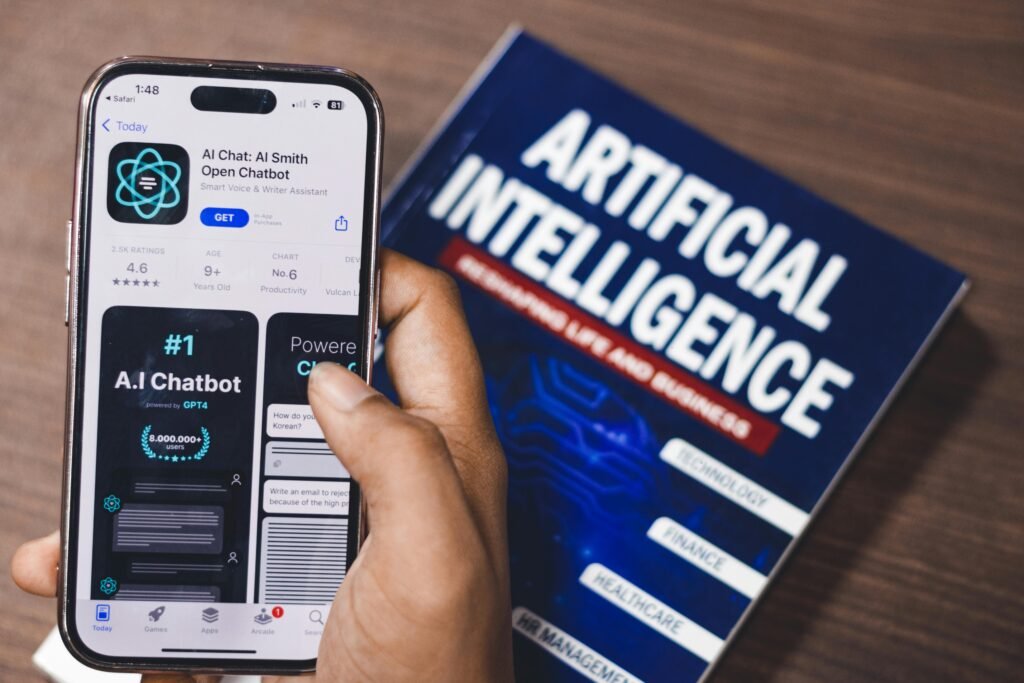Artificial Intelligence is no longer just a posh word. It is part of our everyday lives. From phone cameras to job portals, from banking apps to government services, AI is everywhere. But here’s a troubling thought: What if the technology we trust is biased? Can it discriminate? In other words, can AI be racist?
Bias in AI means an unfair tilt in decisions made by a machine. It is not about the AI being evil. It is about the data and systems behind it. Machines learn from patterns in past data. If that data carries human prejudices, the machine learns those too, without knowing they are wrong. That is where the problem begins.

There is not one single reason. Bias can sneak into AI systems from many directions.
Training data: AI systems need large sets of information to learn how to function. But if those datasets are limited or tilted toward one group of people, the AI starts favoring that group. For example, facial recognition tools trained mostly on lighter-skinned faces often struggle to recognize darker-skinned ones.
The way data is labeled: It matters. If a person marks certain job roles as “male” and others as “female” and feeds this into a hiring algorithm, the AI begins to link gender with job skills. It was not meant to, but it did.
How the algorithm is designed: It definitely plays a role. Developers may unintentionally ignore certain factors. Or they might set rules that seem neutral, but have biased effects. Imagine a loan-approval tool that gives more weight to ZIP codes. If those ZIP codes reflect old patterns of segregation or economic inequality, the results will be skewed.
Feedback loops: An AI might learn from its own decisions. If it wrongly denies a group of users again and again, it assumes it was “right” in doing so and keeps repeating it.
The good news is that this is not a dead end. There are clear ways forward. But they require intention, awareness, and constant effort.
Technology is not neutral. It reflects the people who built it. That is why AI must be built with care, clarity, and empathy. It is not enough for a machine to be smart. It also needs to be fair.
AI bias is not just a technical flaw. It is a social one. If we ignore it, we risk creating systems that repeat old injustices in shiny new ways. But if we face it and fix it, we can build tools that are both powerful and just.
Are you working with AI? Using it in your company or product? This is the time to ask deeper questions. Not just “Is it working?” but “Is it working for everyone?” Because fairness is not a feature. It should be the foundation.